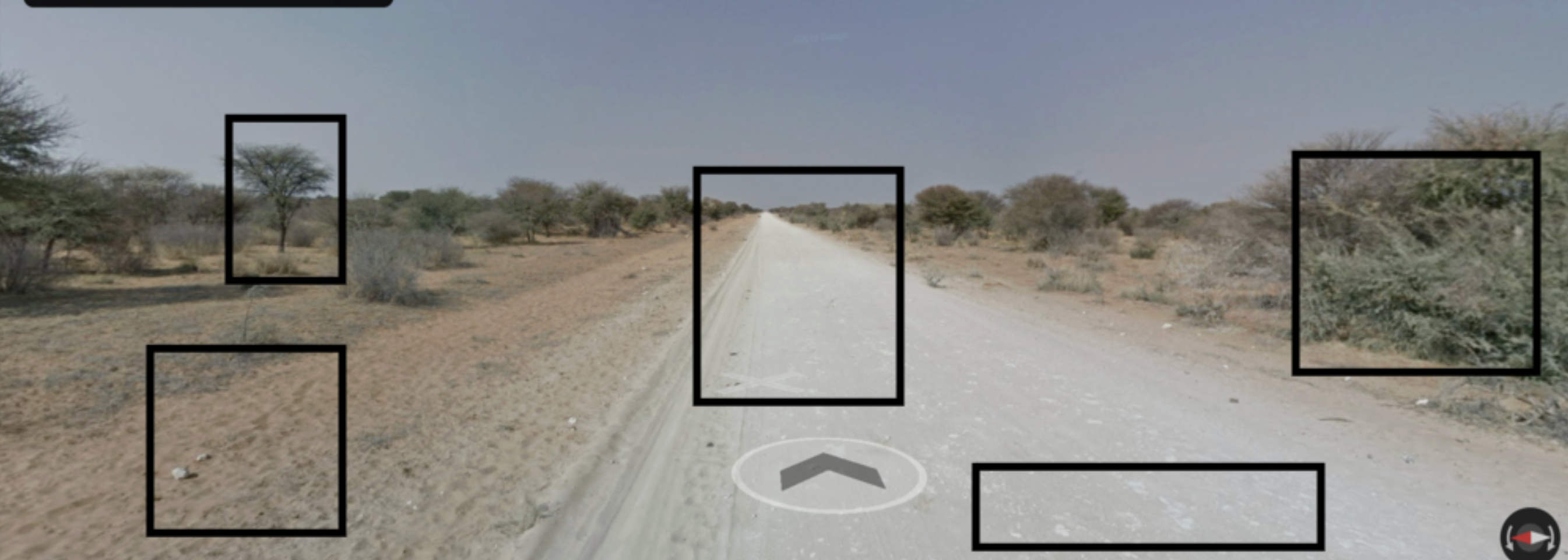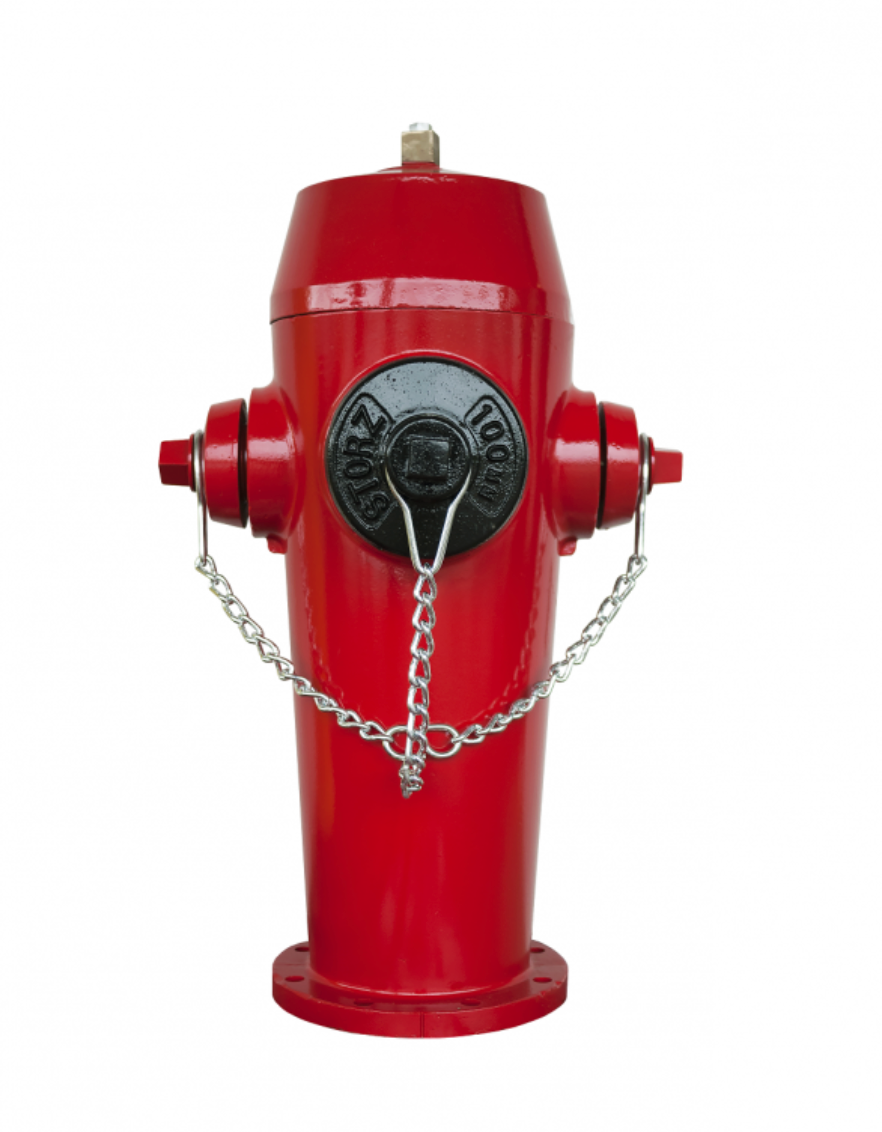GeoOSINT: Learning from the Best
Advanced #Geoosint techniques can be learned as much from the Pros or from AI, or both. For Geo-OSINT we will combine advanced AI tools with traditional investigative techniques, to uncover hidden clues in images and videos, identify locations with precision, and enhance our understanding of geographic intelligence. From analyzing subtle differences in landscape features to identifying local infrastructure markers, AI-driven Geo-OSINT offers ways to redefine how we gather, verify, and act on location-based information.

I’m not one to claim credit for someone else’s achievements, but what the young YouTuber GeoRainbolt showcases in his videos is worthy of a more serious examination within the OSINT community. Sure, there’s an element of showmanship in his content — an understandable flair for the dramatic — but beneath the surface lies a set of surprisingly advanced geolocation techniques that merit a closer look from those of us in the field.
Let’s begin with a detail that often goes unnoticed: the poles. We’re looking at the unassuming telecommunication and utility poles that frequently appear in his videos. These poles, with their unique shapes, materials, and configurations, serve as subtle yet powerful indicators of location. Consider, for example, one of his recent videos where he deftly distinguishes between countries based solely on the design and structure of these poles. It’s a technique that seems simple at first glance but requires a trained eye and a deep understanding of local infrastructure differences — a skill that any serious OSINT investigator should be eager to master.

It might seem practical to memorize every utility pole variation across the globe, but that’s not GeoRainbolt’s game. While he might occasionally lean on such knowledge in his rapid-fire “quick guess” videos, most OSINT professionals aren’t going to commit the shapes of infrastructure to memory. A more practical approach? Tap into the wealth of databases available on the web, where meticulous details about such infrastructure are cataloged.
That said, the challenges GeoRainbolt tackles aren’t always in line with the typical scenarios faced by OSINT researchers. When analyzing video footage, for example, there’s usually some context already established — a rough idea of the region or country where the footage originates. But here’s where GeoRainbolt offers invaluable lessons: his method starts from a place of complete neutrality. He treats every piece of visual material without preconceived notions, allowing the evidence to guide him to the conclusion. It’s a mindset that can be incredibly useful, reminding us to approach every investigation with a clean slate.
10 examples where GeoBolt uses his sharp observational skills to master difficult locations, and where AI can support (for those less sharp):
Let us pick ten examples of how GeoBolt masters difficult geo identifications in geoguessr using local features like posts, dirt, trees, and whatever else, really, that is available.
GeoBolt has made a name for himself through his incredible ability to pinpoint even the most challenging locations on the world map. He does this by leveraging local features such as street signs, posts, vegetation, soil types, and other minute details to determine the exact location. Here we picked out the most challenging ones.
1. Telephone Poles in the Pampas: Argentina or Uruguay
A gamer raised this particular issue, saying he always loses his country streaks to a 50/50 between Argentina and Uruguay: “… are there any common or anything really that could help me separate them, especially in rural landscapes”.
GeoBolt notices the distinctive concrete telephone poles that are typical of Argentina. Comparing them to the slightly different poles in Uruguay, he reaches the correct conclusion: rural Argentina.
AI Support allows to help with feature distinctive details that allows to distinguish the two countries in forensic investigations or just at a geoguesser turnament:
- Material: Argentina uses more concrete poles with a tapered design, while Uruguay primarily uses wooden poles.
- Insulators and Crossarms: Argentine poles have more complex insulator setups with crossarms; Uruguayan poles have simpler insulator arrangements.
- Pole Top Arrangements: More cluttered and reinforced in Argentina, simpler in Uruguay.
- Base Features: Argentina’s poles often have reinforced bases; Uruguay’s wooden poles are more straightforward.
- Contextual Clues: The poles in each country may also be surrounded by unique features that can provide additional context.

The telephone pole shown in this image is made of metal, which is a common feature in Uruguay, especially in urban and suburban areas. Unlike the concrete poles seen in Argentina, metal poles are more straightforward in their construction. The metal pole in the image is straight and uniform in diameter, lacking the tapering seen in many Argentine concrete poles. It also appears to have a curved metal arm at the top that supports a street light, a common style in Uruguay.
The pole’s structure is relatively minimalistic, and it lacks the multiple crossarms or the complex setups often found on Argentine poles. The base of the pole appears to be simple and directly planted in the ground, without any additional concrete reinforcements or foundational pads. This is consistent with how metal utility poles are installed in Uruguay.
2. Red Soil and Acacia Trees: Botswana or Namibia?
• On an unpaved road in Africa, GeoBolt recognizes the deep red soil and specific types of acacia trees. Combined with the road markings and gravel, this helps him identify Botswana instead of Namibia.
We can replay this, by feeding openAI’s image analysis algorythm with an Google Streetview image from the desert.

Soil Characteristics (1): The soil in the image appears to be very light and sandy, with a whitish or pale color. This is a notable characteristic of Kalahari sands, which are prevalent in Botswana. The soil is composed of fine, loose sand that forms light-colored dirt roads typical of many rural areas in Botswana. The road itself is an unpaved dirt road with a powdery surface, common in the more arid and semi-arid regions of southern Africa, particularly in Botswana, where such roads are widespread.
Vegetation and Trees: The vegetation includes a mix of thorny bushes and small to medium-sized trees, such as acacia species, which are commonly found in the Kalahari Desert and semi-desert regions. The sparse distribution of bushes and trees is consistent with Botswana’s arid landscape. These types of trees, with their distinctive umbrella-like shapes and sparse leaf coverage, are often seen in areas with a savanna or semi-desert environment, which is typical of Botswana.
Absence of Red Soil: The colour could obviously have been manipulated, and colour just removed. Therefore watch out! But generally, Namibia is known for having regions with reddish soil, especially in areas like the Namib Desert and parts of the Kalahari in Namibia. The lack of this distinct red or orange soil in the image further suggests that the location is not in Namibia but rather in Botswana.
Geographical Context: The flat terrain with scattered low vegetation aligns with the Makgadikgadi Pan or other arid regions in Botswana, where the landscape is characterized by vast expanses of sandy soil and scrubby vegetation.


3. Minor Differences in Traffic Signs: Portugal vs. Spain
GeoBolt sees a stop sign and recognizes by the thickness of the border that it’s a Portuguese sign. A small but decisive detail that guides him from Spain to Portugal.
What the influencer applies can be applied outsider the game, too. In Portugal, the border of the stop sign is typically thicker than in Spain. Portuguese stop signs have a wider white border surrounding the red octagon, which makes them visually distinct. This thicker border is a consistent feature across most Portuguese stop signs. In Spain, the border around the stop sign is thinner, and the overall design of the stop sign might appear slightly more compact.
Font and Signage Standards are also different. The font and text size of the “STOP” lettering on the signs may also differ slightly due to different regulatory standards in each country. However, the thickness of the border is the most noticeable distinguishing feature. Road context and sign placement is to heed, too. Portuguese stop signs are often positioned with a more pronounced border that is intended to be highly visible even from a distance, particularly in rural or suburban areas. The way these signs are integrated with local road infrastructure (height, placement, proximity to other signs) can also provide context clues for determining the country.”
4. Deciduous Trees and Shadows: Norway or Sweden
In a wooded area, GeoBolt uses the type of deciduous trees, the prevalence of pines, and the position of the sun to distinguish between Norway and Sweden. He finally decides on Sweden and is correct.
In Sweden, forests often feature a mix of deciduous trees and pines, while Norway’s forests lean more heavily on pure conifer stands. The varied canopy in Sweden is a key indicator. Additionally, the sun’s position differs slightly between the countries; in southern Sweden, the winter sun is lower, creating unique lighting effects. Combining these clues — tree types, forest composition, and sun position — he demonstrates the importance of nuanced observations in geolocation.
5. Fences and Livestock Farming: Australia or New Zealand
• GeoBolt identifies the difference in the type of livestock fences and the grass growth. The wire-bound wooden posts and broader vegetation coverage suggest Australia.


In Australia, livestock fences often feature wire-bound wooden posts that are robust and widely spaced. These fences are designed to cover vast expanses and are built to withstand the harsh Australian climate and the pressures of livestock farming on large properties.
Grass Growth and Vegetation Coverage is another indicator. The grass growth in Australia is generally more sparse and less lush compared to New Zealand due to its drier climate. In contrast, New Zealand’s grass is often thicker and greener, reflecting its wetter and more temperate conditions. The broader vegetation coverage in Australia, with its more open, bush-like landscape, contrasts with the more uniform, dense green pastures typical in New Zealand.
6. Road Markings: Japan vs. South Korea
Based on how the roads are marked in yellow and the format of the white edge markings, GeoBolt identifies that he is in Japan and not South Korea.
Here some AI trickery suggests that analyzing shape and language is worth your time: The distinctive inverted triangular “STOP” sign in Japan can be a quick visual clue. The presence of kanji (Chinese characters used in Japanese writing) or the specific Japanese style of hiragana and katakana scripts can immediately suggest Japan.
Reading Fonts and Styles: Close observation of the font styles and signage formats can help differentiate between the two countries. South Korea’s bolder, more squared fonts on road signs can indicate the country, while the thinner, rounded fonts suggest Japan.
Examining Highway Signs: The shape of the highway shields and the presence of bilingual text on expressways can also provide hints. A rounded triangular expressway shield points to Japan, while a rectangular shield is likely South Korean.
Context Clues from Bilingual Signage: The balance between English and local language on street signs can also help. If English appears prominently and consistently, it might suggest South Korea. If Japanese script dominates with smaller English translations, it’s likely Japan.
7. Sand Colors and Building Structure: Tunisia or Morocco
In a desert town, GeoBolt compares the color of the buildings, the sand, and the roof designs. The beige hue and the type of overhead cables lead him to believe he is in Tunisia, which turns out to be correct.
Following advice warrants heeding when analysing footage: analyze architecture and building details and look at the color, style, and materials used in buildings. Earth tones, zellige tiles, and riads point to Morocco, while whitewashed buildings and blue doors suggest Tunisia.
Inspect road signs and language use: Observe street signs for language (look for Berber script in Morocco) and design style. Consider the placement and format of these signs.
Examine License Plates and Traffic Signs: Identify the color scheme and format of license plates to narrow down the country. Observe traffic signs for unique local symbols. Also use the type of vegetation, mountains, and overall terrain as clues. Mountains often suggest Morocco, while flatter, Mediterranean coastal landscapes suggest Tunisia. Additionally, check for the color and texture of the soil. Deep red hues often indicate Moroccan terrain, while lighter sandy colors are more typical of Tunisia.
Look for market setups, colors, and traditional crafts that are unique to each country.
8. Street Dust and Air Conditioners: Thailand or Vietnam
• GeoBolt pays attention to the amount of red dust on the streets and the positioning of air conditioners on the houses. This, along with the overhead power lines, leads him to Vietnam.
Worth noting, in Thailand, air conditioners (AC units) are often mounted on the side walls of buildings and are more uniformly installed. They tend to be positioned higher up, close to the roofs, or on the upper stories of buildings, reflecting a standardized approach to urban cooling solutions.In rural Thai homes and buildings, AC units are generally newer.
The general AI advice goes as far as look closely at the road surfaces, nearby soil, and how dust appears on buildings and vehicles. Reddish dust is a strong indicator of Vietnam, especially in rural or less developed areas. In contrast, cleaner roads with lighter dust suggest Thailand.
Observe how AC units are placed on buildings. Uniformly placed and orderly units higher up on walls tend to indicate Thailand, while cluttered or varied positioning at different heights on the same building, especially with multiple units stacked or placed randomly, suggests Vietnam.
These indicators should be used in combination with other OSINT clues, such as signage, architectural styles, vegetation, and local infrastructure. The combination of red street dust and haphazard AC placements makes a strong case for Vietnam, while cleaner streets and orderly AC units lean towards Thailand.
9. Street Paving and Fire Hydrants: USA vs. Canada
• In an urban setting, GeoBolt uses the color and shape of fire hydrants and the material of the street paving to identify the location as a city in the USA rather than Canada.
In the U.S., fire hydrants often have distinct colors that vary by city or state regulations, with common shapes and styles differing from those in Canada. Meanwhile, the type of street paving, such as the texture and layout of asphalt or concrete, can provide additional context.


10. Road Markings and Posts: Poland or Lithuania?
GeoBolt recognizes that the white posts with reflective red and white markings are typical for Poland, while the posts in Lithuania are designed differently. This detail, along with the style of road markings, leads him to correctly identify Poland.
These differences matter in OSINT geolocation insofar as the understanding these distinctions is crucial for OSINT investigators trying to geolocate an image or video accurately. The design and color of roadside posts are determined by national regulations and standards, which vary between countries. Therefore, these posts serve as country-specific markers that can help identify a location, especially in regions where other more obvious clues (like language or road signs) may not be visible.
When analyzing imagery where road signs or distinct architecture are missing, these posts can provide a quick and reliable indication of the country. Combining the recognition of roadside posts with other OSINT clues, such as vegetation, road types, or local signage, can greatly increase the accuracy of geolocation assessments.
For more precise geolocation, it’s crucial to understand that even within a country, there might be slight regional variations. The red and white reflective pattern is a strong and consistent identifier for Poland, foir instance.
The practical application for OSINT Investigators you have seen above. Geoguesser may serves as training and awareness practice. OSINT professionals should familiarize themselves with the roadside infrastructure standards of different countries. This involves not just recognizing the posts but understanding what these markers signify in terms of location and safety regulations. We have seen how AI can help in this regard.
Generally seems true: Modern AI and machine learning tools can be trained to recognize these subtle differences in roadside posts, streamlining the geolocation process and improving the speed and accuracy of identifying a location.
When possible, cross-reference observations with reliable datasets, such as Google Street View or national road authority databases, which often provide comprehensive visual references for road infrastructure in different countries.
